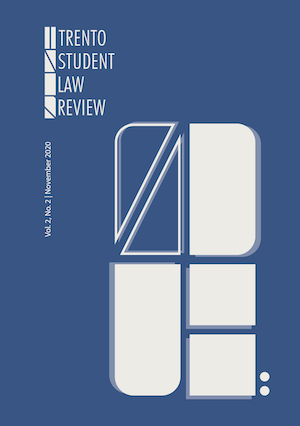Juvenile Justice Converges on Principles Leading to the International Harmonization of the Juvenile Justice System
DOI:
https://doi.org/10.15168/tslr.v2i2.725Parole chiave:
Juvenile Justice, Convention on the rights of the Child, South Africa, United States, Massachusetts.Abstract
In November 1989, the General Assembly of the United Nations adopted the Convention on the Rights of the Child. This Convention expected member countries to harmonize their juvenile justice systems
in the direction of making the best interest of the child the main focus of their justice administration, guaranteeing the respect of human rights and fundamental freedoms of children. South Africa and the United States are examples of how member countries abided by the Convention. On one hand, South Africa ratified the Convention and gave children a unique position in its juvenile justice system, whereas, on the other hand, the United States has signed the instrument but has not fully eradicated
the typical punitive traits of its system; nonetheless, both countries still move in the direction of the shared international values. In particular, in the United States, individual States – such as Massachusetts – are showing how it is possible to successfully implement the international values shared in the Convention moving to a rehabilitation model.
##submission.downloads##
Pubblicato
Come citare
Fascicolo
Sezione
Licenza
Il diritto d'autore sui testi pubblicati nella Trento Student Law Review resta in capo ai rispettivi titolari. La rivista consente agli autori di mantenere i pieni diritti di pubblicazione.
La Trento Student Law Review è distribuita con una licenza Creative Commons Attribuzione - Non commerciale - Condividi allo stesso modo 4.0 Internazionale (CC BY-NC-SA 4.0).





